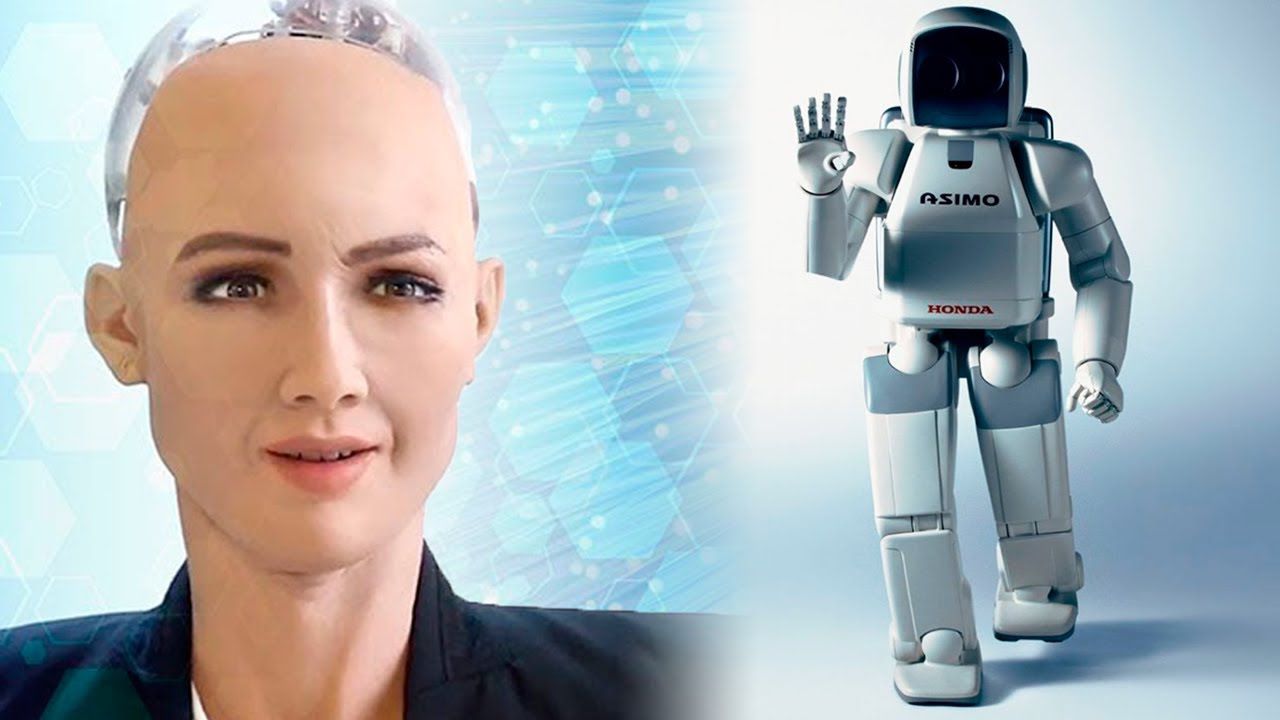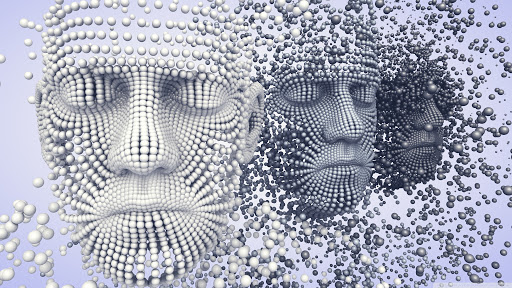Artificial Intelligence
as a Positive and Negative Factor in Global Risk
Overview

Philosophical Foundations
Artificial Intelligence was born in 1956 as the off-spring of the newly-created cognitivist paradigm of cognition. As such, it inherited a strong philosophical legacy of functionalism, dualism, and positivism. This legacy found its strongest statement some 20 years later in the physical symbol systems hypothesis, a conjecture that deeply influenced the evolution of AI in subsequent years. Recent history has seen a swing away from the functionalism of classical AI toward an alternative position that re-asserts the primacy of embodiment, development, interaction, and, more recently, emotion in cognitive systems, focussing now more than ever on enactive models of cognition. Arguably, this swing represents a true paradigm shift in our thinking. However, the philosophical foundations of these approaches — phenomenology — entail some far-reaching ontological and epistemological commitments regarding the nature of a cognitive system, its reality, and the role of its interaction with its environment. The goal of this paper is to draw out the full philosophical implications of the phenomenological position that underpins the current paradigm shift towards enactive cognition.

Reinforcement Learning
he training of machine learning models to make a sequence of decisions. The agent learns to achieve a goal in an uncertain, potentially complex environment. In reinforcement learning, an artificial intelligence faces a game-like situation. The computer employs trial and error to come up with a solution to the problem. To get the machine to do what the programmer wants, the artificial intelligence gets either rewards or penalties for the actions it performs. Its goal is to maximize the total reward. Although the designer sets the reward policy–that is, the rules of the game–he gives the model no hints or suggestions for how to solve the game. It’s up to the model to figure out how to perform the task to maximize the reward, starting from totally random trials and finishing with sophisticated tactics and superhuman skills. By leveraging the power of search and many trials, reinforcement learning is currently the most effective way to hint machine’s creativity. In contrast to human beings, artificial intelligence can gather experience from thousands of parallel gameplays if a reinforcement learning algorithm is run on a sufficiently powerful computer infrastructure.

Statistical Learning Methods
Statistical Learning is a set of tools for understanding data. These tools broadly come under two classes: supervised learning & unsupervised learning. Generally, supervised learning refers to predicting or estimating an output based on one or more inputs. Unsupervised learning, on the other hand, provides a relationship or finds a pattern within the given data without a supervised output.Statistical learning theory was introduced in the late 1960s but untill 1990s it was simply a problem of function estimation from a given collection of data. ... Some more examples of the learning problems are: Predict whether a patient, hospitalized due to a heart attack, will have a second heart attack.. These Questions Are Important… The results matter to the project, to stakeholders, and to effective decision making. Statistical methods are required to find answers to the questions that we have about data. We can see that in order to both understand the data used to train a machine learning model and to interpret the results of testing different machine learning models, that statistical methods are required. This is just the tip of the iceberg as each step in a predictive modeling project will require the use of a statistical method.

Why do we need Statistics?
Statistics is a collection of tools that you can use to get answers to important questions about data.
You can use descriptive statistical methods to transform raw observations into information that you can understand and share. You can use inferential statistical methods to reason from small samples of data to whole domains. As a machine learning practitioner, you must have an understanding of statistical methods. Raw observations alone are data, but they are not information or knowledge. Data raises questions, such as: What is the most common or expected observation? What are the limits on the observations? > What does the data look like? What variables are most relevant? What is the difference between two experiments? Are the differences real or the result of noise in the data?